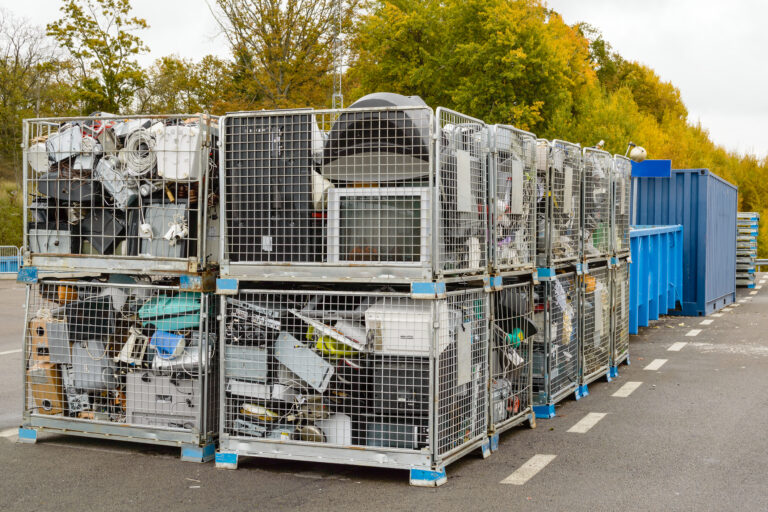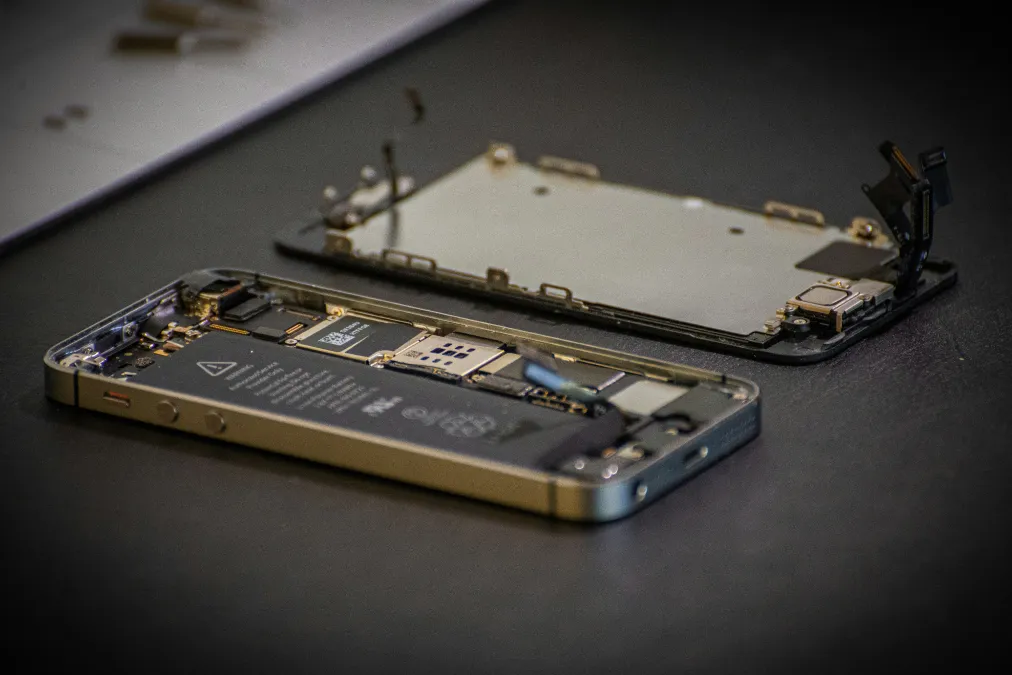On 25 July 2024, the European Commission called on all member states to meet waste collection and recycling targets; its letters of formal notice to the member states underline their legal obligation to properly and fully implement EU environmental law. Whilst the WEEE Forum acknowledges that much more waste electrical and electronic equipment (WEEE) must be separately collected for responsible management and to recover (critical) materials, we also believe that it highlights the need to thoroughly revise waste legislation.
What is behind all this?
Under Directive 2012/19/EU on WEEE, the minimum collection rate to be achieved annually by an EU member state is set at 65% of the average weight of electrical and electronic equipment placed on the market in the three preceding years in the member state concerned, or alternatively 85% of WEEE generated on the territory of that member state. Most of the member states failed to collect sufficient WEEE separately and therefore missed the EU collection target. The Commission says that “Member states should boost their implementation efforts in order to meet the abovementioned obligations”.
“Whilst it is undeniably true that more WEEE must be separately collected, in view of proper re-use, repair or recycling, and that waste legislation must be adequately implemented and enforced, member states’ failure in meeting the minimum collection rates underscores the urgency of a thorough rethink of waste legislation and its implementation and the importance of a reform of the Extended Producer Responsibility principle”, says Pascal Leroy, Director General of the WEEE Forum.
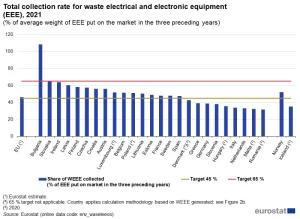
Measures taken
Over the past twenty years, million have been invested in measures like campaigns and collection infrastructure, driving up not only collection volumes but also collected kilogram per inhabitant. Yet despite all these investments, after more than twenty years of WEEE legislation, Bulgaria and Slovakia are reportedly the only Member States that meet the minimum collection rate of 65% as defined. The average collection rate in the EU barely exceeds 45%.
During the last few years, the WEEE Forum has consistently argued that the minimum collection rate methodology is not meaningful, and therefore not fit for purpose, for three distinct reasons: it has a perverse effect, it is ill-suited for circularity strategies, and it is distortive.
Not suited
The minimum collection rate has a perverse effect: the more WEEE is disposed of, the easier it is for that Member State to meet the minimum collection rate. Countries where people do not return their end-of-life appliances to a collection point to have them repaired or recycled, but repair them themselves, or give them a second life by sharing them with relatives, will generate a smaller volume of WEEE and therefore show lower collection rates. The EU seeks to promote circularity initiatives, not a pro-forma higher collection rate.
In an age where we strive to make our economy more circular, the current minimum collection rate fails to measure progress towards circularity in terms of products being reused or products’ lives being extended. The current methodology does not measure reduction of consumption, consumers’ hoarding, and circular consumer behaviour, which would be constituents of a much more powerful set of circularity metrics.
Better
The placed-on-market method looks at the preceding three years and does not take account of the full lifecycle of electrical and electronic equipment. Some products, notably photovoltaics and air conditioning equipment, washing machines and refrigerators, have a lifetime of, respectively, minimum 20-25 and 10-15 years. Therefore the 65% minimum rate based on the preceding three years is meaningless. WEEE is suggestion new e-waste legislation measuring all aspects of the circular economy, including reduction of consumption, reuse and repair.
Market
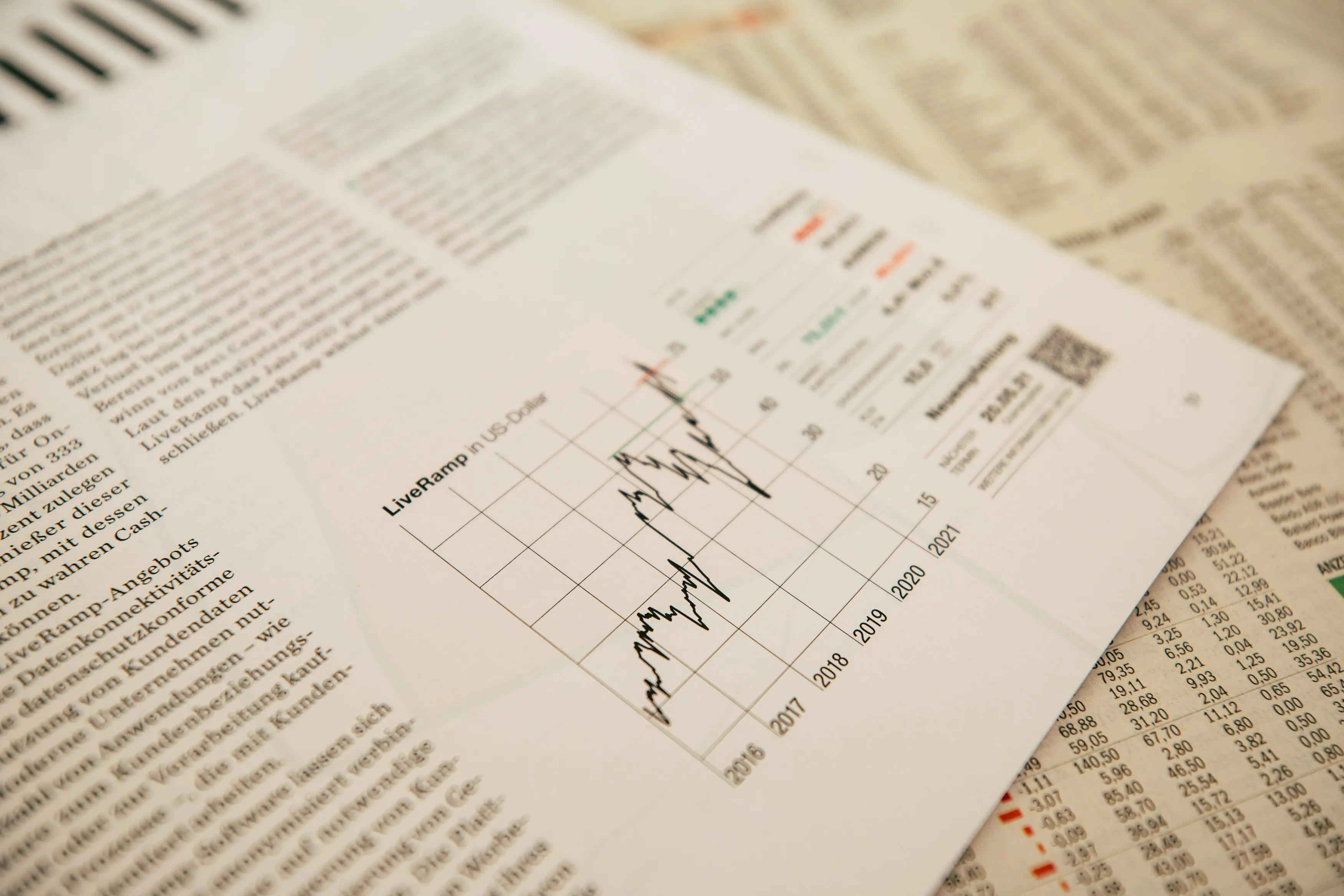
Trade-in

Repair
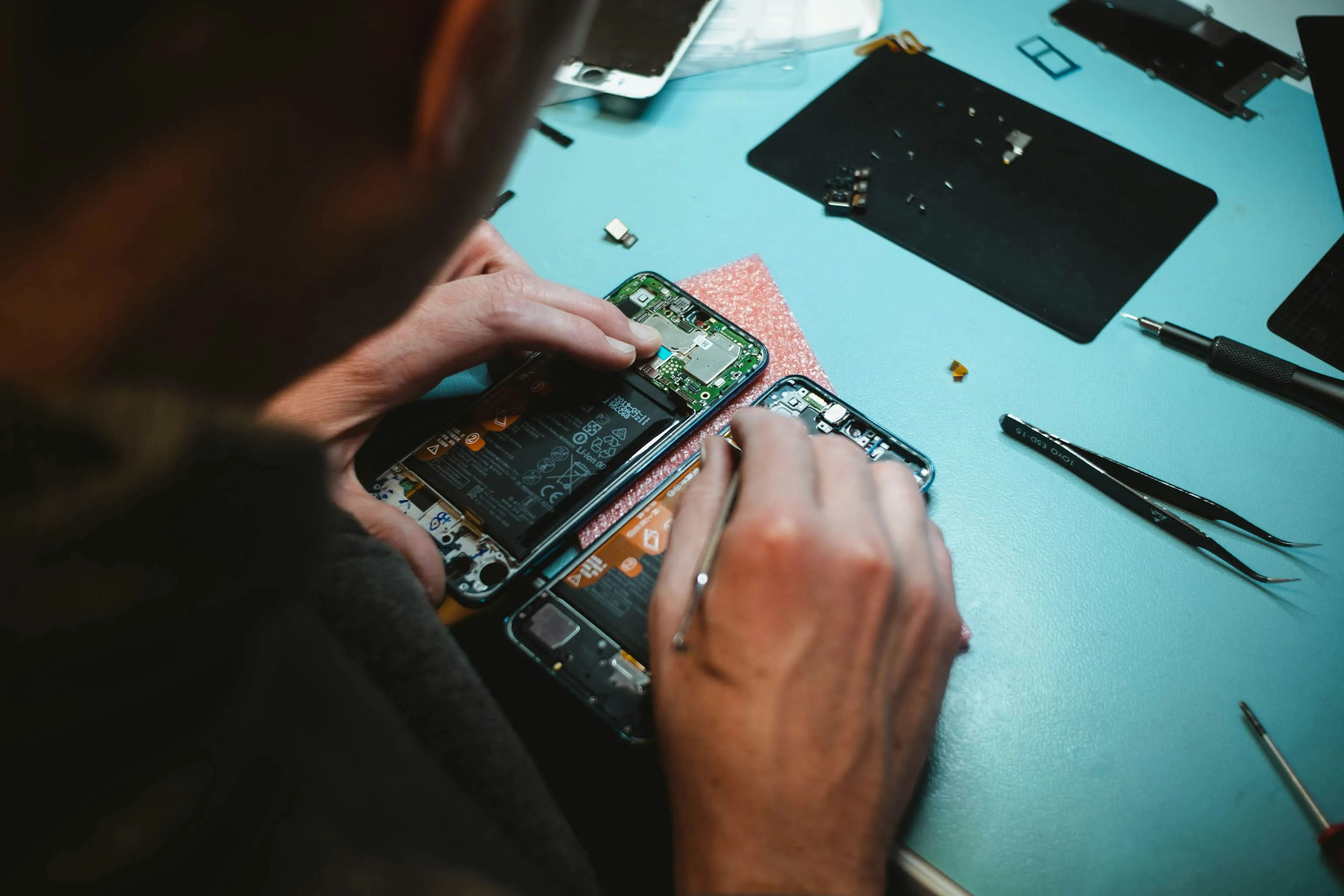
Interested in the global market for used electronics?
From now on, you'll never miss a thing and can easily stay up to date with the latest developments in the secondary market. Sign up today for the newsletter from secondarymarket.news. It's filled with the latest news, trends, developments, and gossip. Stay informed and don't miss out on anything!
Daily (except on Sundays), you'll receive the latest news from the global secondary market straight to your inbox after registering. This way, you'll always stay up to date with the latest secondary market developments and trends.


